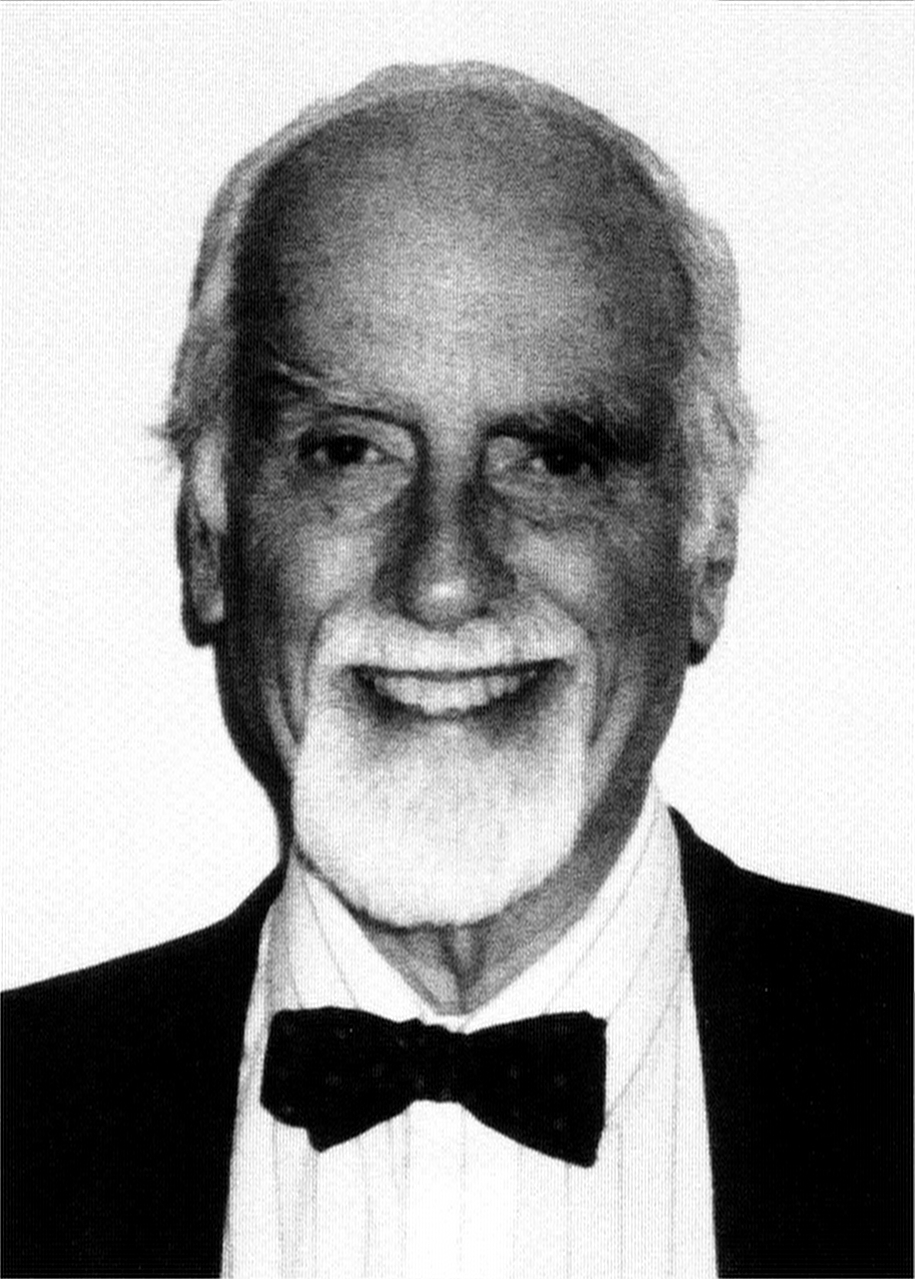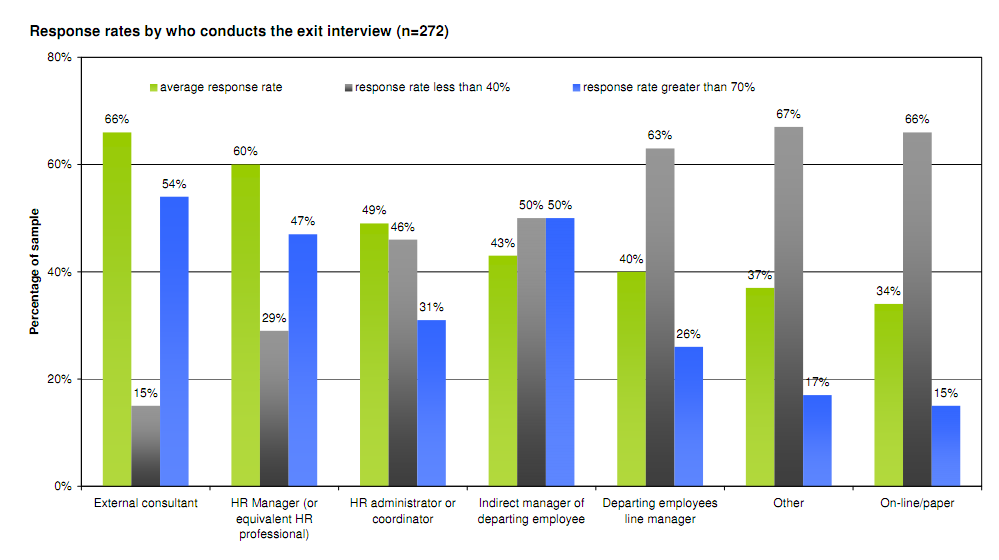|
Staff Turnover
In human resources, turnover is the act of replacing an employee with a new employee. Partings between organizations and employees may consist of termination, retirement, death, interagency transfers, and resignations.Trip, R. (n.d.). Turnover-State of Oklahoma Website. Retrieved from www.ok.gov: http://www.ok.gov/opm/documents/Employee%20Turnover%20Presentation.ppt An organization’s turnover is measured as a percentage rate, which is referred to as its turnover rate. Turnover rate is the percentage of employees in a workforce that leave during a certain period of time. Organizations and industries as a whole measure their turnover rate during a fiscal or calendar year. If an employer is said to have a high turnover rate relative to its competitors, it means that employees of that company have a shorter average tenure than those of other companies in the same industry. High turnover may be harmful to a company's productivity if skilled workers are often leaving and the worker po ... [...More Info...] [...Related Items...] OR: [Wikipedia] [Google] [Baidu] |
Human Resources
Human resources (HR) is the set of people who make up the workforce of an organization, business sector, industry, or economy. A narrower concept is human capital, the knowledge and skills which the individuals command. Similar terms include manpower, Labour (human activity), labor, personnel, associates or simply: people. The Human Resources department (HR department) of an organization performs human resource management, overseeing various aspects of employment, such as compliance with labor law and employment standards, job interview, interviewing and selection, performance management, administration of Employee benefits, organizing of employee files with the required documents for future reference, and some aspects of recruitment (also known as talent acquisition) and employee offboarding. They serve as the link between an organization's management and its employees. The duties include planning, recruitment and selection process, posting job ads, evaluating the performance ... [...More Info...] [...Related Items...] OR: [Wikipedia] [Google] [Baidu] |
Opportunity Cost
In microeconomic theory, the opportunity cost of a particular activity is the value or benefit given up by engaging in that activity, relative to engaging in an alternative activity. More effective it means if you chose one activity (for example, an investment) you are giving up the opportunity to do a different option. The optimal activity is the one that, net of its opportunity cost, provides the greater return compared to any other activities, net of their opportunity costs. For example, if you buy a car and use it exclusively to transport yourself, you cannot rent it out, whereas if you rent it out you cannot use it to transport yourself. If your cost of transporting yourself without the car is more than what you get for renting out the car, the optimal choice is to use the car yourself. In basic equation form, opportunity cost can be defined as: "Opportunity Cost = (returns on best Forgone Option) - (returns on Chosen Option)." The opportunity cost of mowing one’s own la ... [...More Info...] [...Related Items...] OR: [Wikipedia] [Google] [Baidu] |
Need Theory
Need theory, also known as Three needs theory, Umuc.edu. Retrieved July 16, 2014. proposed by , is a motivational model that attempts to explain how the s for achievement, , and |
David McClelland
David Clarence McClelland (May 20, 1917 – March 27, 1998) was an American psychologist, noted for his work on motivation Need Theory. He published a number of works between the 1950s and the 1990s and developed new scoring systems for the Thematic Apperception Test (TAT) and its descendants.Biography - David C. McClelland retrieved June 24, 2008 McClelland is credited with developing Achievement Motivation Theory, commonly referred to as "need for achievement" or ''n''-achievement theory. A '''' survey published in 2002, ranked McClelland as the 15th most cited psychologist of the 20th century. Life and career< ...
|
Two Factor Theory
The two-factor theory (also known as Herzberg's motivation-hygiene theory and dual-factor theory) states that there are certain factors in the workplace that cause job satisfaction while a separate set of factors cause dissatisfaction, all of which act independently of each other. It was developed by psychologist Frederick Herzberg. Fundamentals Feelings, attitudes and their connection with industrial mental health are related to Abraham Maslow's theory of motivation. His findings have had a considerable theoretical, as well as a practical, influence on attitudes toward administration. According to Herzberg, individuals are not content with the satisfaction of lower-order needs at work; for example, those needs associated with minimum salary levels or safe and pleasant working conditions. Rather, individuals look for the gratification of higher-level psychological needs having to do with achievement, recognition, responsibility, advancement, and the nature of the work itself. This ... [...More Info...] [...Related Items...] OR: [Wikipedia] [Google] [Baidu] |
Frederick Herzberg
Frederick Irving Herzberg (April 18, 1923 – January 19, 2000) was an American psychologist who became one of the most influential names in business management. He is most famous for introducing job enrichment and the Motivator-Hygiene theory. His 1968 publication "One More Time, How Do You Motivate Employees?" had sold 1.2 million reprints by 1987 and was the most requested article from the ''Harvard Business Review''. (''note: the reference to sales numbers is in the abstract written by the editors.'') Personal life Herzberg was born in 1923 in Lynn, Massachusetts, to Gertrude and Lewis Herzberg, who were Jewish Lithuanian immigrants. He enrolled at the City College of New York in 1939. He did not finish his studies as he enlisted in the army. In 1944 he married Shirley Bedell. He finally finished his studies and graduated from the City College of New York in 1946. He then decided to move to the University of Pittsburgh where he earned a master's degree in science and publ ... [...More Info...] [...Related Items...] OR: [Wikipedia] [Google] [Baidu] |
Exit Interview
An exit interview is a survey conducted with an individual who is separating from an organization or relationship. Most commonly, this occurs between an employee and an organization, a student and an educational institution, or a member and an association. An organization can use the information gained from an exit interview to assess what should be improved, changed, or remain intact. More so, an organization can use the results from exit interviews to reduce employee, student, or member turnover and increase productivity and engagement, thus reducing the high costs associated with turnover. Some examples of the value of conducting exit interviews include shortening the recruiting and hiring process, reducing absenteeism, improving innovation, sustaining performance, and reducing possible litigation if issues mentioned in the exit interview are addressed. The exit interview fits into the separation stage of the employee life cycle (ELC). This stage, the last one of the ELC, sp ... [...More Info...] [...Related Items...] OR: [Wikipedia] [Google] [Baidu] |
Occupational Safety And Health
Occupational safety and health (OSH), also commonly referred to as occupational health and safety (OHS), occupational health, or occupational safety, is a multidisciplinary field concerned with the safety, health, and welfare of people at work (i.e. in an occupation). These terms also refer to the goals of this field, so their use in the sense of this article was originally an abbreviation of ''occupational safety and health program/department'' etc. The goal of an occupational safety and health program is to foster a safe and healthy occupational environment. OSH also protects all the general public who may be affected by the occupational environment.Fanning, Fred E. (2003). Basic Safety Administration: A Handbook for the New Safety Specialist, Chicago: American Society of Safety Engineers Globally, more than 2.78 million people die annually as a result of workplace-related accidents or diseases, corresponding to one death every fifteen seconds. There are an additional 374 m ... [...More Info...] [...Related Items...] OR: [Wikipedia] [Google] [Baidu] |
Jobs And Quits Rate
Jobs may refer to: * Job, an activity that people do for regular income gain People * Steve Jobs (1955–2011), co-founder and former CEO of Apple Inc ** Steve Jobs (other) * Laurene Powell Jobs (born 1963), widow of Steve Jobs * Lisa Brennan-Jobs (born 1978), daughter of Steve Jobs Arts and entertainment * Dirty Jobs, a 2003 television show hosted by Mike Rowe * ''Jobs'' (film), a 2013 biographical film based on the life of Steve Jobs * Jobs, a major character from K. A. Applegate's ''Remnants'' series * Jobs, a character in the anime and manga series ''Eureka Seven'' * ''Final Fantasy'' character jobs, character classes in the ''Final Fantasy'' video game series Places * Jobs, Ohio, an unincorporated community * Jobs Peak, a mountain in California Other uses * Job Brothers & Co., Limited, commonly referred to as Jobs, a mercantile empire in Newfoundland * .jobs, a top-level internet domain * Jumpstart Our Business Startups Act, a law intended to encourage funding ... [...More Info...] [...Related Items...] OR: [Wikipedia] [Google] [Baidu] |
Business
Business is the practice of making one's living or making money by producing or Trade, buying and selling Product (business), products (such as goods and Service (economics), services). It is also "any activity or enterprise entered into for profit." Having a business name does not separate the business entity from the owner, which means that the owner of the business is responsible and liable for debts incurred by the business. If the business acquires debts, the creditors can go after the owner's personal possessions. A business structure does not allow for corporate tax rates. The proprietor is personally taxed on all income from the business. The term is also often used colloquially (but not by lawyers or by public officials) to refer to a company, such as a corporation or cooperative. Corporations, in contrast with Sole proprietorship, sole proprietors and partnerships, are a separate legal entity and provide limited liability for their owners/members, as well as being su ... [...More Info...] [...Related Items...] OR: [Wikipedia] [Google] [Baidu] |
Succession Planning
Succession planning is a process and strategy for replacement planning or passing on leadership roles. It is used to identify and develop new, potential leaders who can move into leadership roles when they become vacant. Succession planning in dictatorships, monarchies, politics, and international relations is used to ensure continuity and prevention of power struggle. Within monarchies succession is settled by the order of succession. In business, succession planning entails developing internal people with managing or leadership potential to fill key hierarchical positions in the company. It is a process of identifying critical roles in a company and the core skills associated with those roles, and then identifying possible internal candidates to assume those roles when they become vacant. Succession planning also applies to small and family businesses (including farms and agriculture) where it is the process used to transition the ownership and management of a business to the ne ... [...More Info...] [...Related Items...] OR: [Wikipedia] [Google] [Baidu] |
Peter Principle
The Peter principle is a concept in management developed by Laurence J. Peter, which observes that people in a hierarchy tend to rise to "a level of respective incompetence": employees are promoted based on their success in previous jobs until they reach a level at which they are no longer competent, as skills in one job do not necessarily translate to another. The concept was explained in the 1969 book ''The Peter Principle'' (William Morrow and Company) by Laurence Peter and Raymond Hull. (Hull wrote the text, based on Peter's research.) Peter and Hull intended the book to be satire, but it became popular as it was seen to make a serious point about the shortcomings of how people are promoted within hierarchical organizations. The Peter Principle has since been the subject of much commentary and research. Summary The Peter principle states that a person who is competent at their job will earn a promotion to a position that requires different skills. If the promoted person lac ... [...More Info...] [...Related Items...] OR: [Wikipedia] [Google] [Baidu] |




